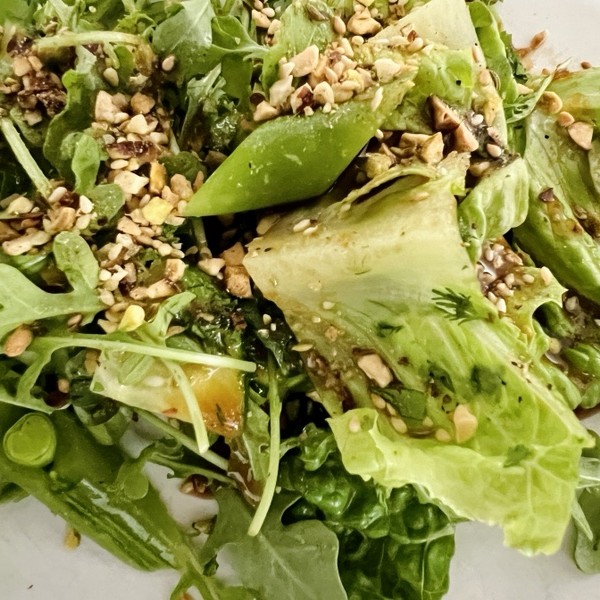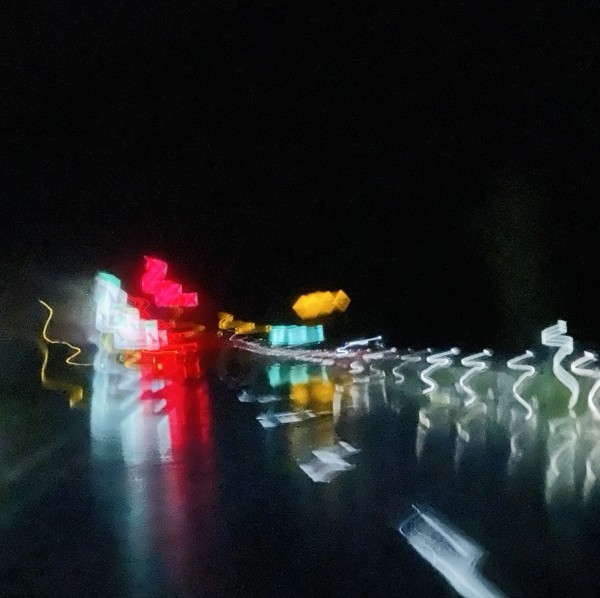02023-09-16 | Environment
Within a couple of years the travel industry will change a lot. People with the means and the time used to get away from winter by flying to warm destinations: Mexico, South America, Bali, Thailand. In the middle of a Santa Fe winter I know I was usually happy to get an offer to perform in a warm location.
I think people with means will spend their summers in places that remain relatively cool. Finland, Norway, Sweden, they all seem to be in the upper 60’s right now, Iceland is in the upper 50’s. So instead of hearing people go on about the warm destinations they visited during the winter, we will hear them talk about the cool destinations they visited during the summer.
02023-07-28 | Environment
Like many bat-pollinated flowers, Cippocereus flowers begin to open at night. Though the sepals and hypanthium are a beautiful blue, the flower itself is cream-colored (easier to see in the dark night) and produce prodigious amounts of nectar for its obligate bat-pollinators.
Blue Cacti & Bat Pollinated Flowers — Crime Pays But Botany Doesn’t
You have to take a look at the amazing blue cacti and their flowers. Just beautiful!
02023-06-30 | Environment, Food
Gas stoves pollute homes with benzene, emitting more of the known carcinogen than present in secondhand smoke, according to a new study.
– Scientific American
I thought I would never enjoy cooking on an electric stove. If you are considering the switch, I can tell you that it works very well but it takes some time getting used to. I wouldn’t go back.
02023-03-30 | Book, Environment, Language
Biosemiotics is the idea that all life is involved in meaning making. It has been defined as ‘the study of distinctions that make organisms, what they recognize, what they intend, and what they know’. This happens at the level of single-celled organisms, which can collect information and make decisions. The plasmodium of the slime mould Physarum polycephalum, for example, is an amoeba-like cell with some surprising abilities. When presented with a maze in the lab, it can find the shortest route through it in a way that would be impossible were it only to be responding to basic environmental signals with behavioural reflexes. You could say that the plasmodium has its own perception of the world, composed of a wide array of information collected from the environment, which it evaluates and uses to make decisions for future behaviour.
from PLANTA SAPIENS by Paco Calvo & Natalie Lawrence
found here.
I read about the amazing maze-running capability of slime mould in Ways of Being, but Biosemiotics is a new word for me.
02023-03-26 | Environment
Lichens are a hybrid of fungi and algae, or fungi and bacteria.
The fungus spreads the strands of its body over the ground and provides a welcoming bed. The alga or bacterium nestles inside these strands and uses the sun’s energy to assemble sugar and other nutritious molecules. As in any marriage, both partners are changed by their union. The fungus body spreads out, turning itself into a structure similar to a tree leaf: a protective upper crust, a layer for the light-capturing algae, and tiny pores for breathing. The algal partner loses its cell wall, surrenders protection to the fungus, and gives up sexual activities in favor of faster but less genetically exciting self-cloning. Lichenous fungi can be grown in the lab without their partners, but these widows are malformed and sickly. Similarly, algae and bacteria from lichens can generally survive without their fungal partners, but only in a restricted range of habitats. By stripping off the bonds of individuality the lichens have produced a world-conquering union. They cover nearly ten percent of the land’s surface, especially in the treeless far north, where winter reigns for most of the year.
Lichens and the Meaning of Life – The Marginalian
and:
Blue or purple lichens contain blue-green bacteria, the cyanobacteria. Green lichens contain algae. Fungi mix in their own colors by secreting yellow or silver sunscreen pigments. Bacteria, algae, fungi: three venerable trunks of the tree of life twining their pigmented stems.
02023-03-21 | Environment, Trees, World
Japanese composer Ryuichi Sakamoto has written to Tokyo’s governor, Yuriko Koike, in order to protest the city’s Jingu Gaien redevelopment plan. Led by major real-estate developer Mitsui Fudosan in conjunction with the Meiji Shrine, the project will demolish the city’s beloved Meiji Jingu baseball stadium and chop down almost 1,000 trees, many of which are more than 100 years old.
Tuesday 21 March 2023 – Monocle Minute | Monocle
Sakamoto, who is undergoing treatment for cancer, wrote that “trees benefit everyone without discrimination but a development will only benefit those with vested interests and rich people”.
Bravo!


